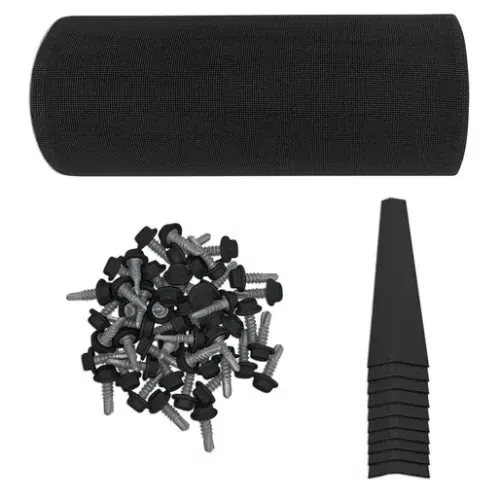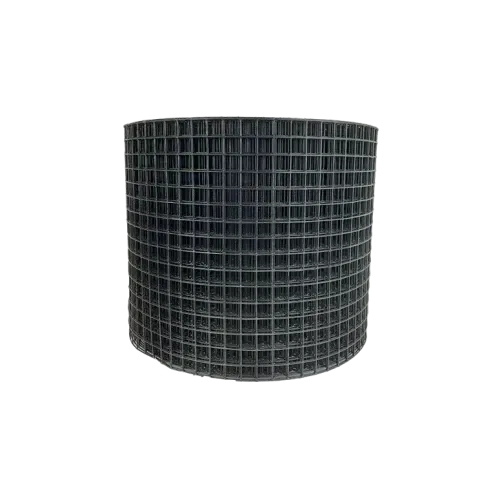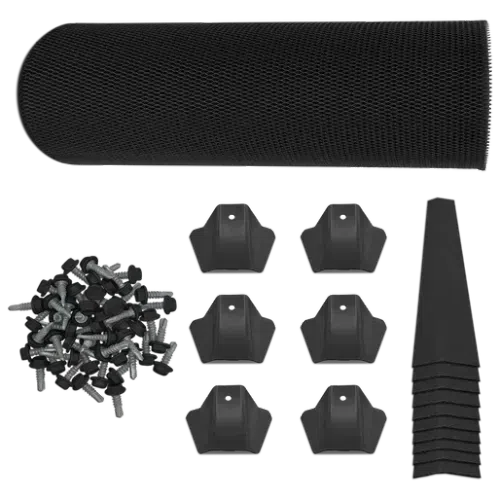Spouting & Gutters
- When it comes to home improvement projects in Australia, spouting represents a worthy investment. It’s a necessary asset for rainy days that can prevent a lot of side issues. By routing streams away, they protect both the structure and its foundation from water damage. At ArchiPro, we offer a multitude of gutter designs and materials, including popular and reliable continuous spouting, sectional gutters, wood gutters and more.Why ArchiPro?
No more endless searching -
Everything you need, all in one place.Real projects, real experts -
Work with vetted architects, designers, and suppliers.Designed for Australia -
Projects, products, and professionals that meet local standards.From inspiration to reality -
Find your style and connect with the experts behind it.Start your Project
Start you project with a free account to unlock features designed to help you simplify your building project.
Learn MoreBecome a Pro
Showcase your business on ArchiPro and join industry leading brands showcasing their products and expertise.
Learn More























































